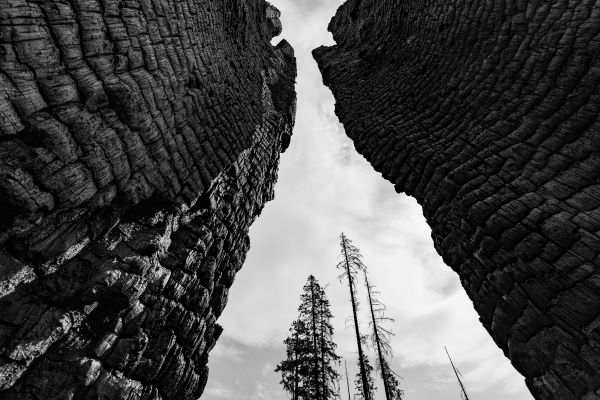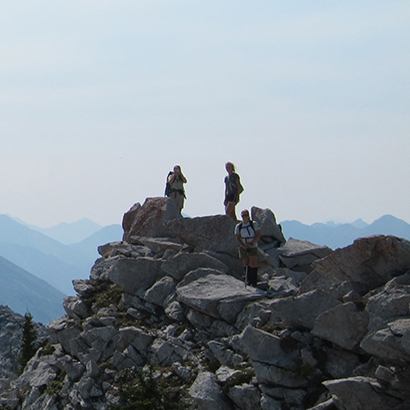Photography Exhibit

Mark Kreider is pursuing a Ph.D. in Forest and Conservation Sciences with an aim to integrate ecology and photography. Mark is a member of the North American Nature Photography Association. His exhibit "Wilderness Fire" was on display at the University of Montana UC Gallery from November 1–December 10. One of the images in this exhibit was selected for the International Photography Hall of Fame exhibit, "The Past, Present, and Future of Nature Photography."
About his exhibit, Mark writes,
"Humans have a complex relationship with wildfire. The language we use brands it as enemy—we fight fires and characterize burned areas as destroyed. However, humans have used fire as a land management tool for millennia. In the inherently flammable landscape of the western U.S., fire has played a fundamental role in ecosystems, with plants and animals adapting to patterns of both lightning- and human-ignited
burns. In the last century, we have tried to suppress fire, creating a large fire deficit, and paradoxically resulting in forests that burn more intensely. As we learn how to live with fire and to understand this fundamental natural process, it is helpful to turn to the places where fire is allowed to express itself most fully—in wilderness.
This exhibit explores the beauty of a wilderness landscape intimately tied to fire. I created images from June–August 2021 while conducting fire ecology research in the Selway-Bitterroot Wilderness, fifty miles southwest of Missoula. This rugged 1.3-million-acre wilderness has one of the most active fire regimes in the contiguous U.S., its remote landscapes saved from full-scale suppression. Today, this wilderness area also functions as a “natural laboratory,” helping us to understand how fire interacts with forests, especially in a time of changing climate.
These images reveal a landscape where fire is an agent of destruction but also one of stability and rejuvenation—a balancing force that creates space for new growth and adaptation."
For more information about the exhibit, visit the
UC Gallery web page
Montana Kaimin article
Missoulian article
